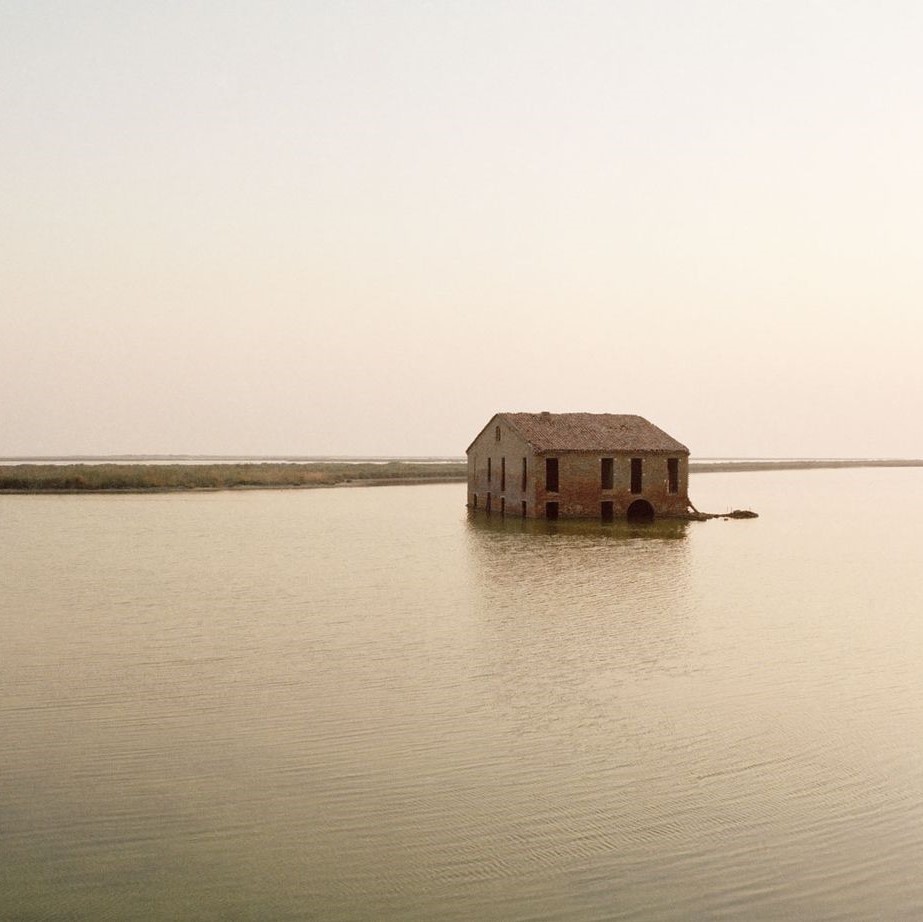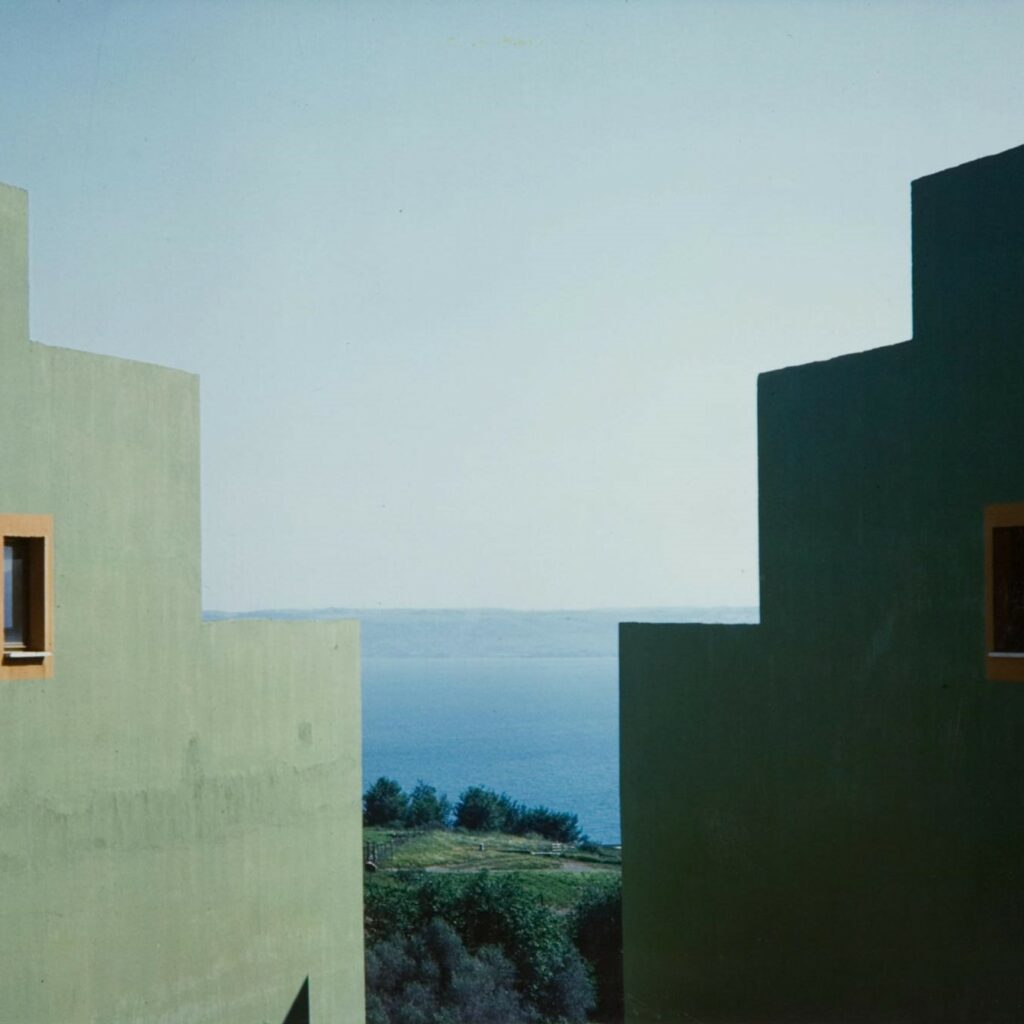
L’Italia è un desiderio. Photographs, landscapes and visions 1842 – 2022 The Alinari and Mufoco collections
Scuderie del Quirinale/Electa 2023
English versions of the exhibition catalogue and panels by Scriptum
Photography, like other art forms, reflects the political and cultural changes in society. On this occasion, we turn our attention to the Italian landscape, to study and analyze transformations and changes within our country.
The landscape therefore becomes a metaphor for social, artistic and cultural change in Italy from the mid-nineteenth century to the present day. The exhibition “Italy is a desire” presents a selection of images from the archives and collections of the Alinari Foundation for Photography and Mufoco – Museum of Contemporary Photography from the dawn of landscape photography at the contemporary. Thanks to a chronological succession of techniques, languages and visions, the exhibition allows you to retrace the evolution of the ways of representing the Bel Paese. The exhibition in Scuderie del Quirinale shows over 600 original works, characterized by a great wealth of techniques, materials, formats and methods.
The exhibition itinerary begins with the photographs from the Alinari Archives and continues with the works from the collection of the Museum of Contemporary Photography. The exhibition is enriched by a series of moments of unexpected dialogue between the two collections. The path inside the exhibition is a real journey in Italy: from the almost pictorial photographic views of the Alinari brothers to the “natural shots” from the north to the south of Italy by Luigi Ghirri, from the portraits of the Milanese factories by Gabriele Basilico to the first backlit negatives, up to the latest research where photography is increasingly open to other media. At the end of the exhibition, a broad idea of landscape remains, which introduces immaterial and abstract dimensions – psychological, poetic, political – which leave room for the interpretation of the public. The project does not want to reconstruct a history of Italian photography but to involve the visitor – through the images of the two collections – in a unique and precious travel experience.





